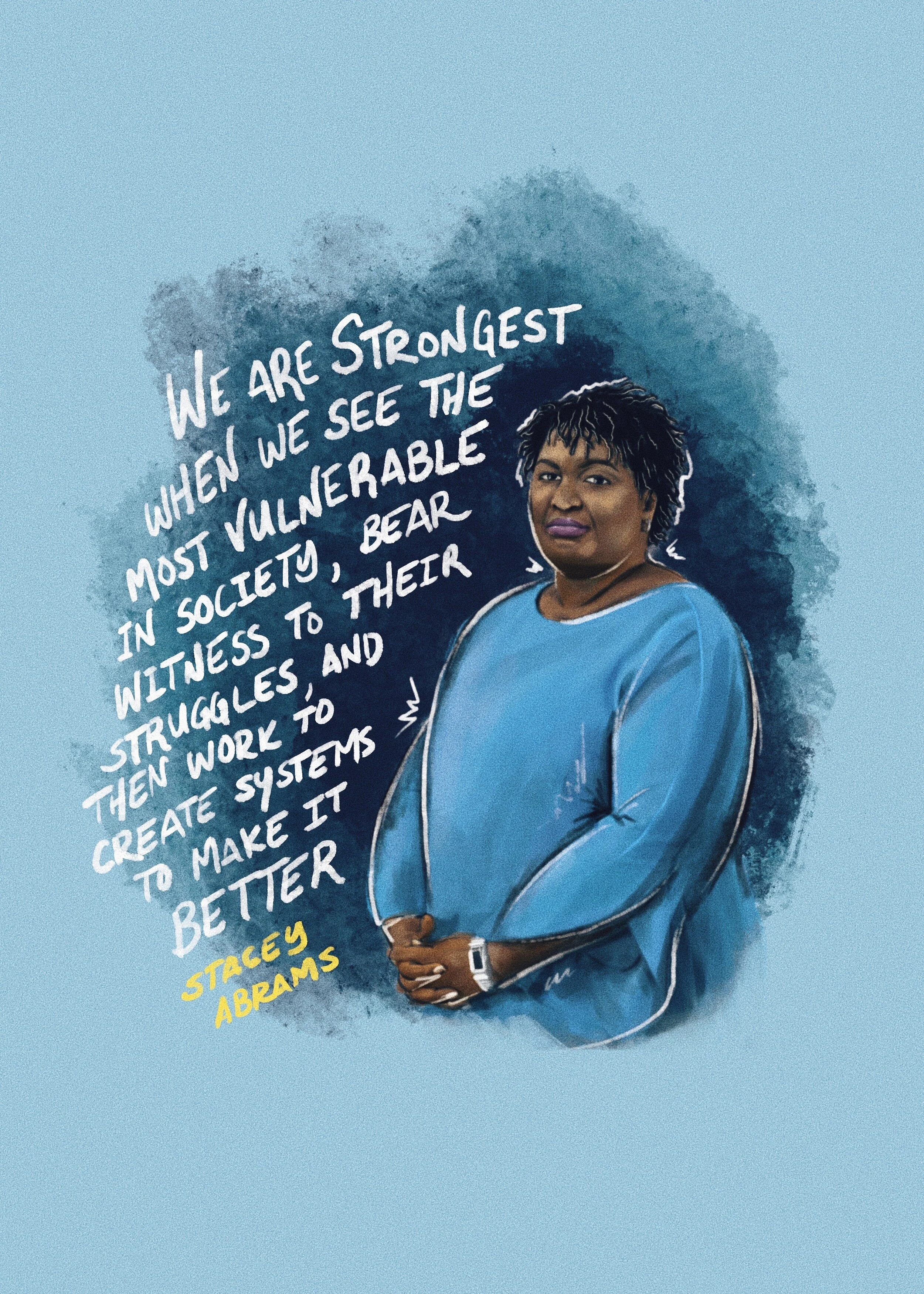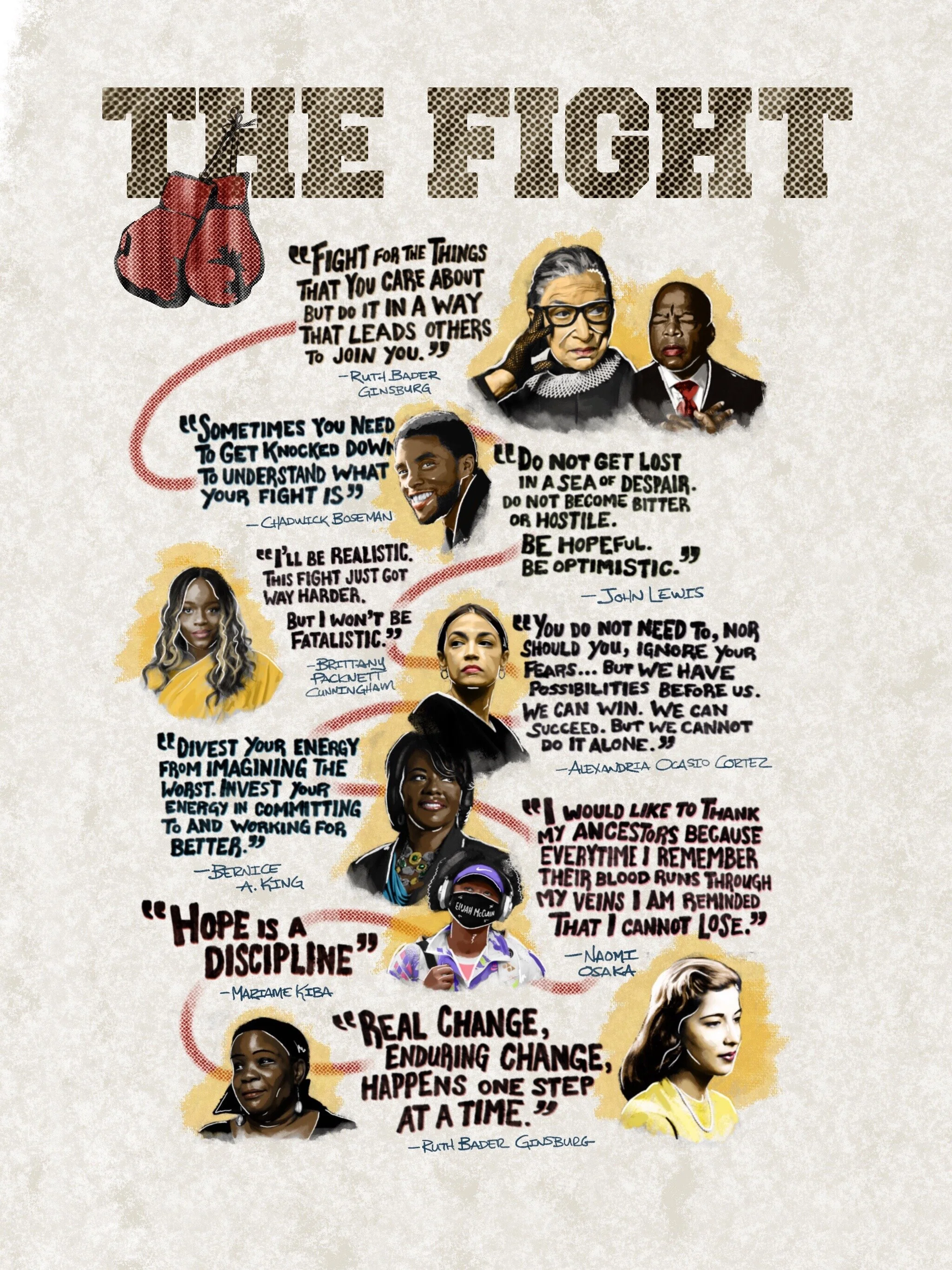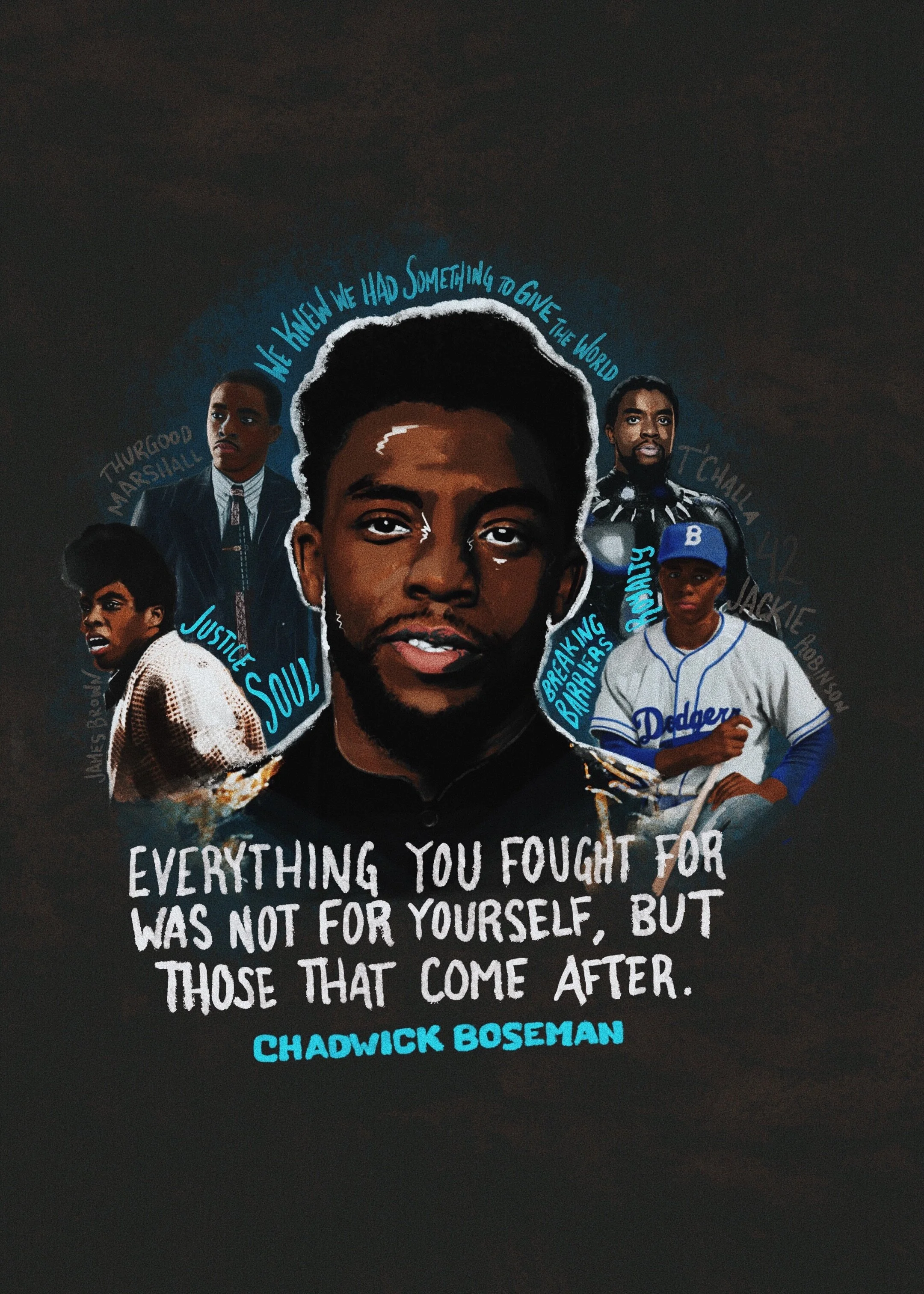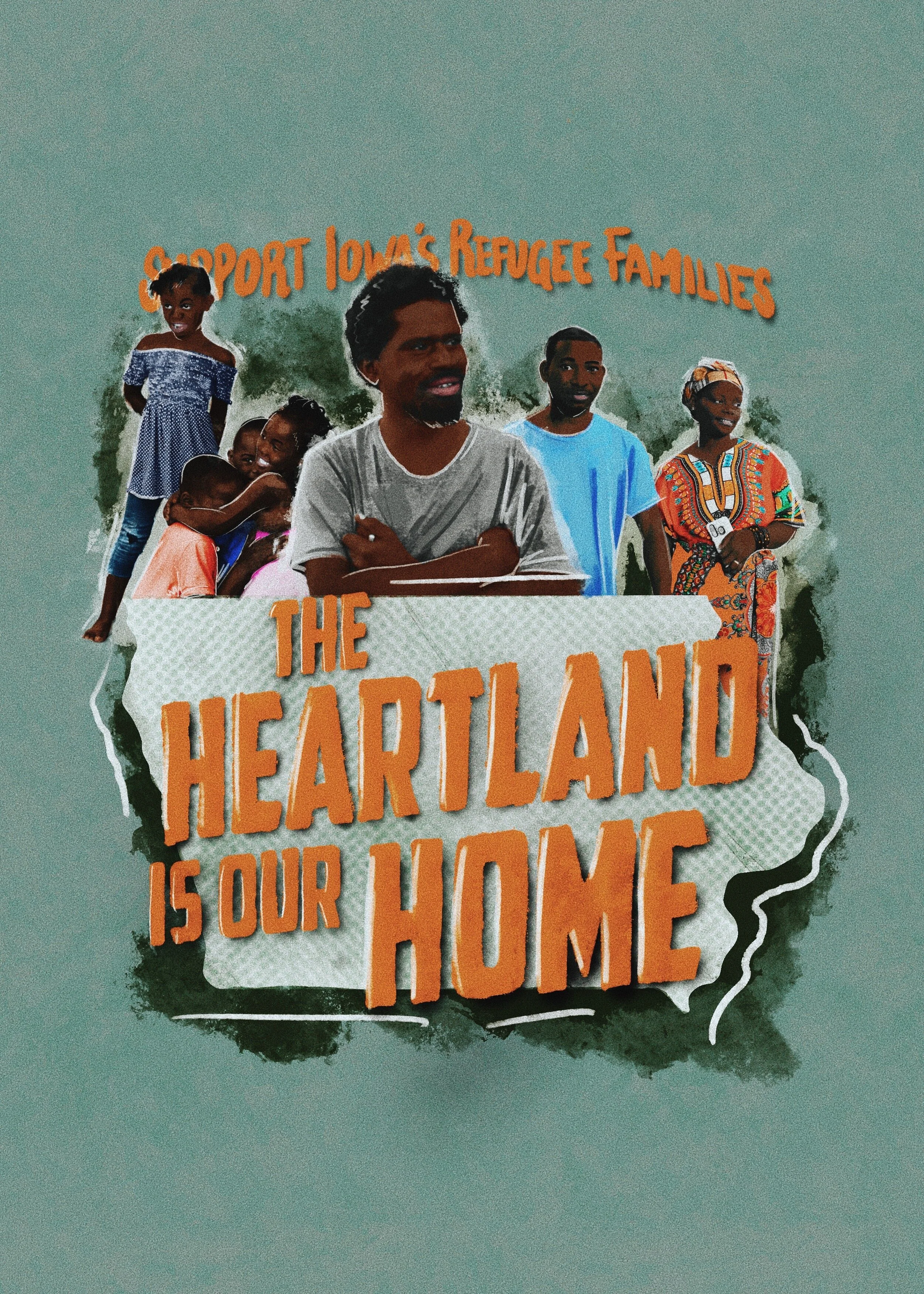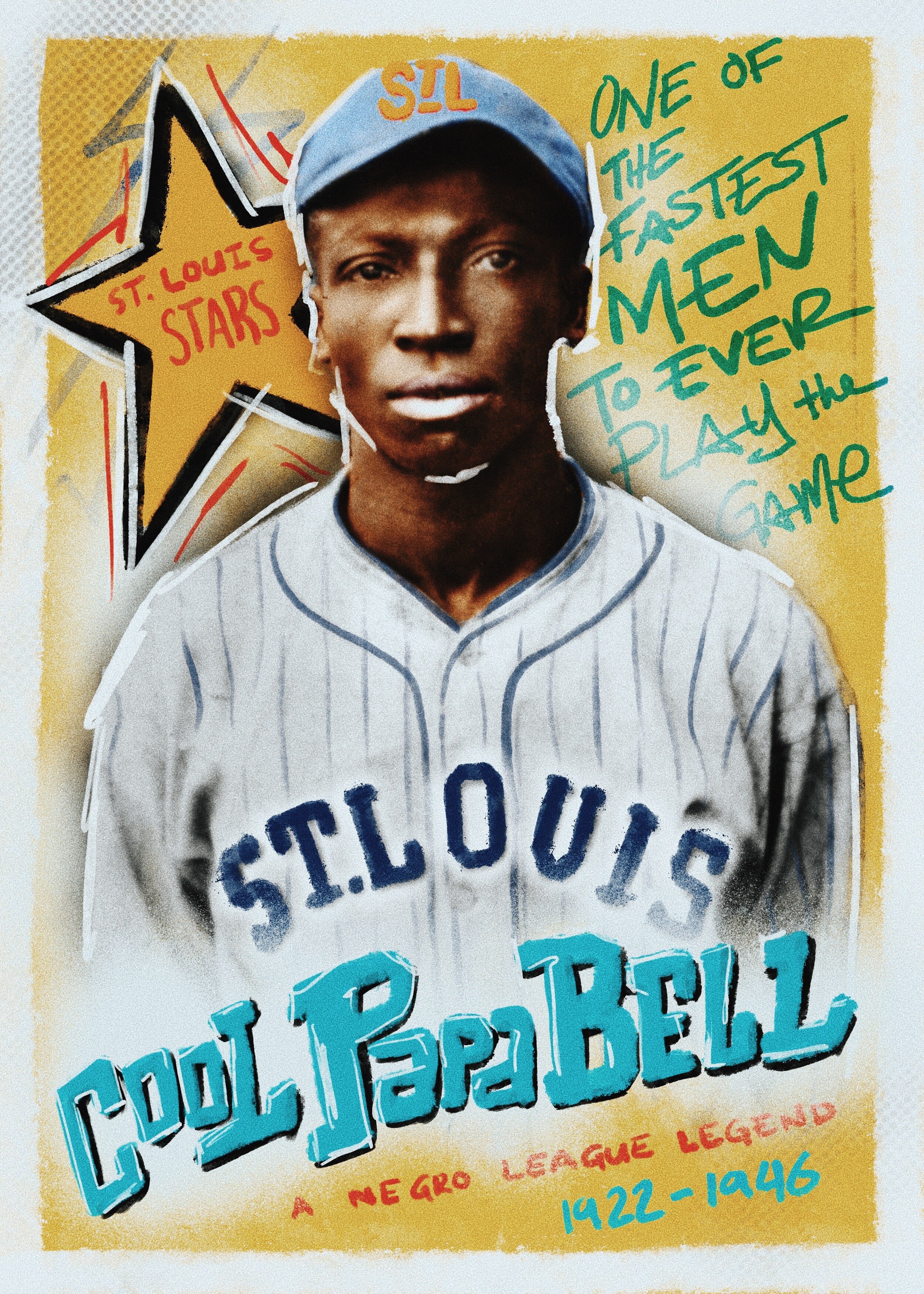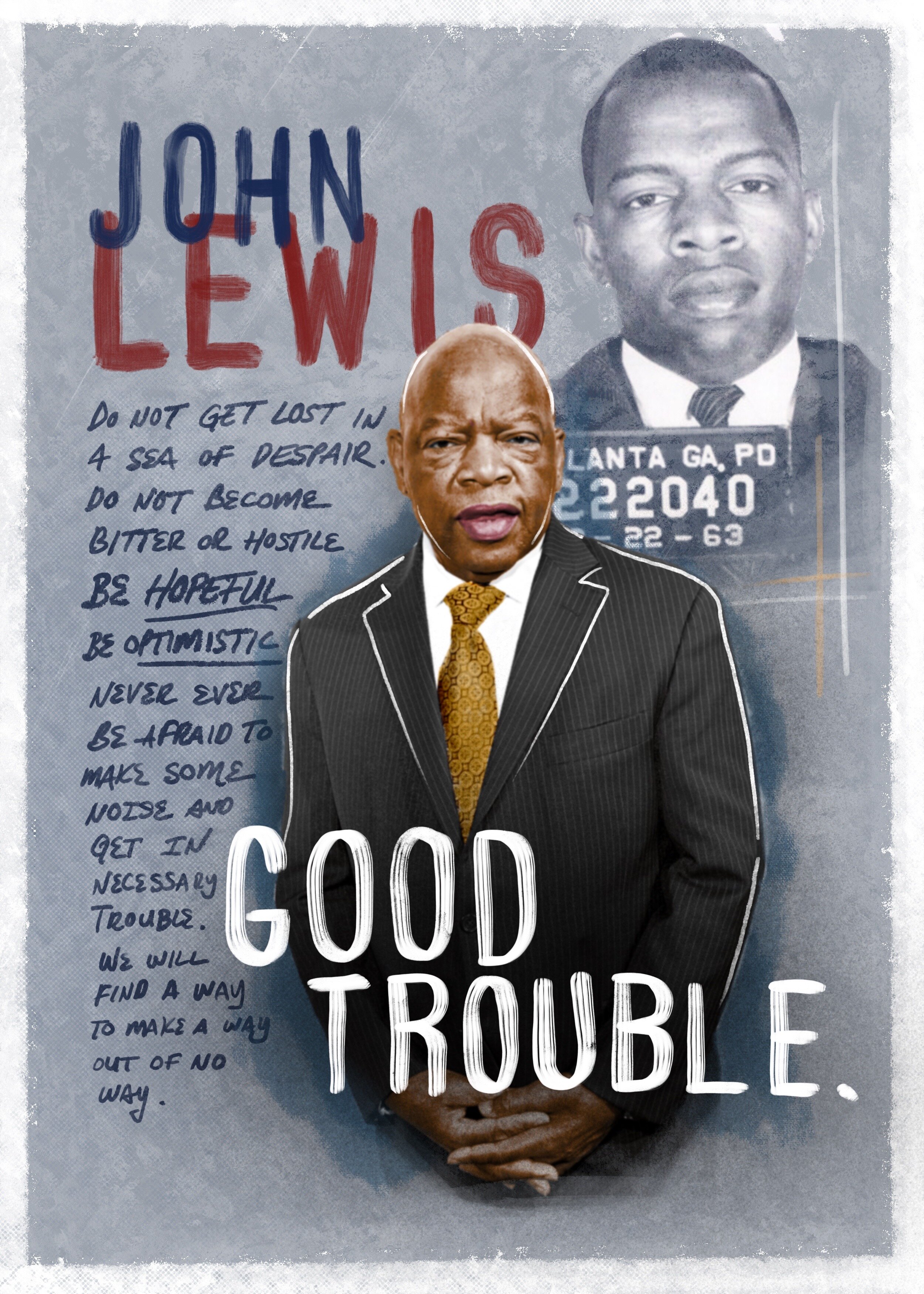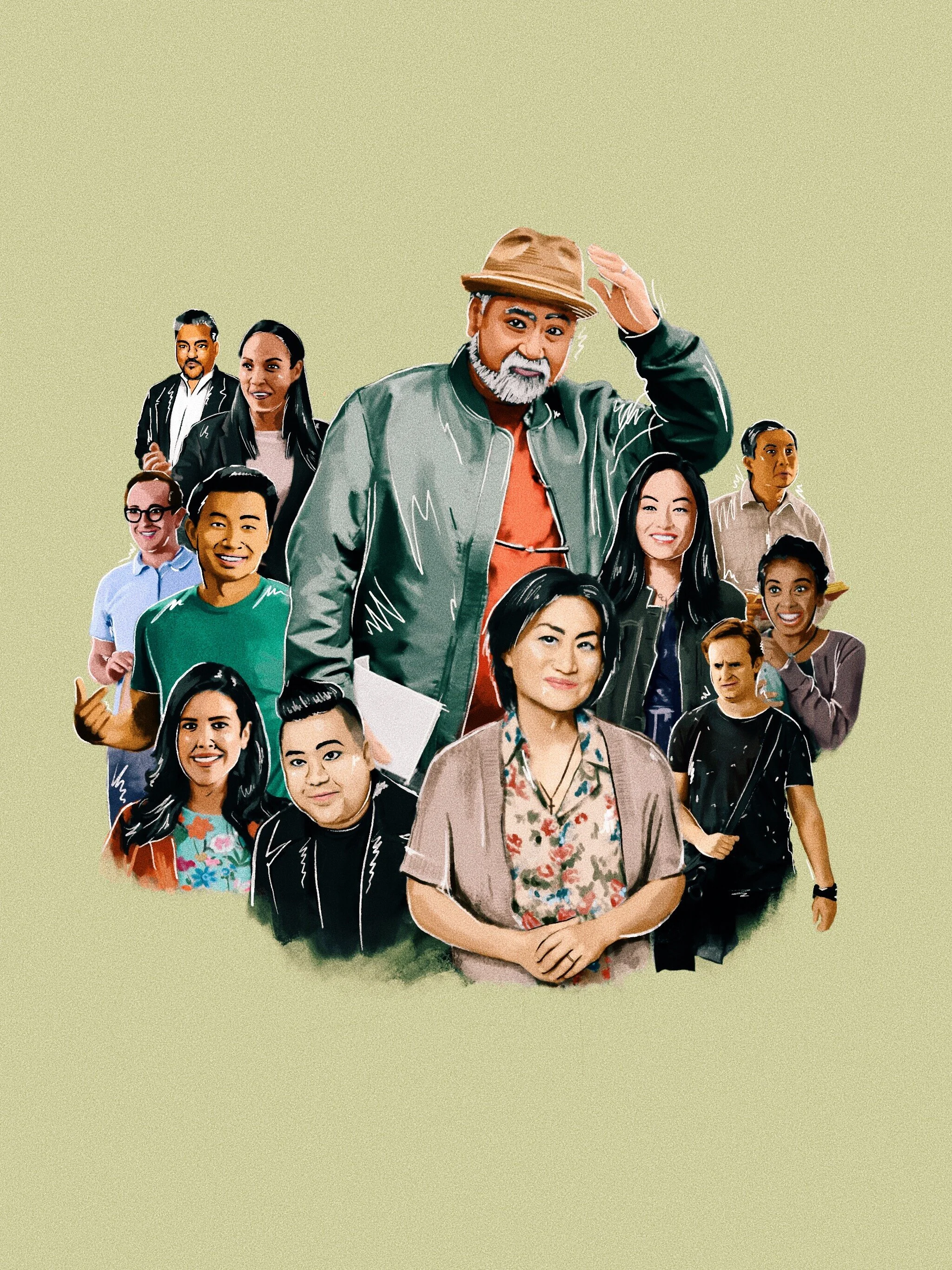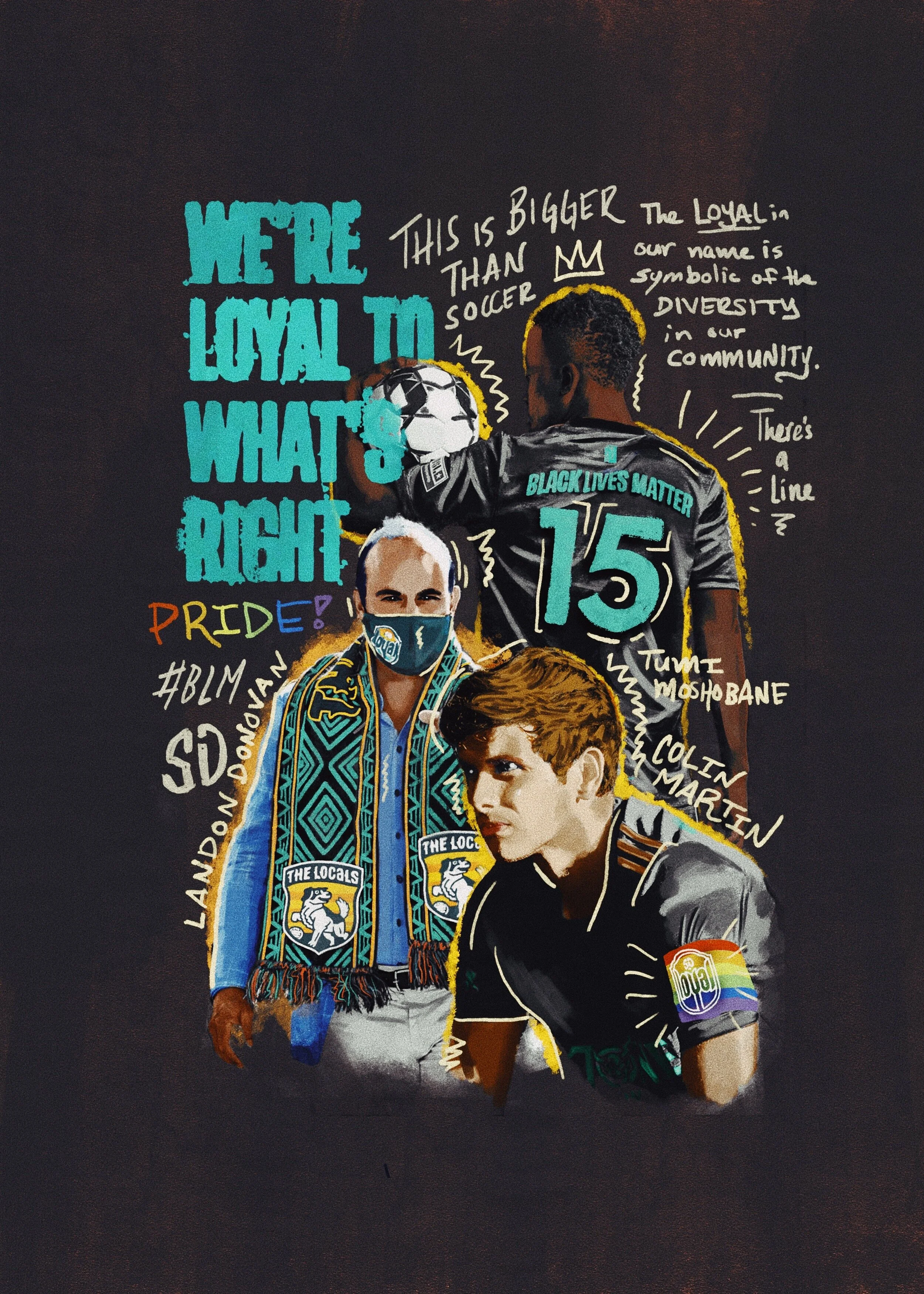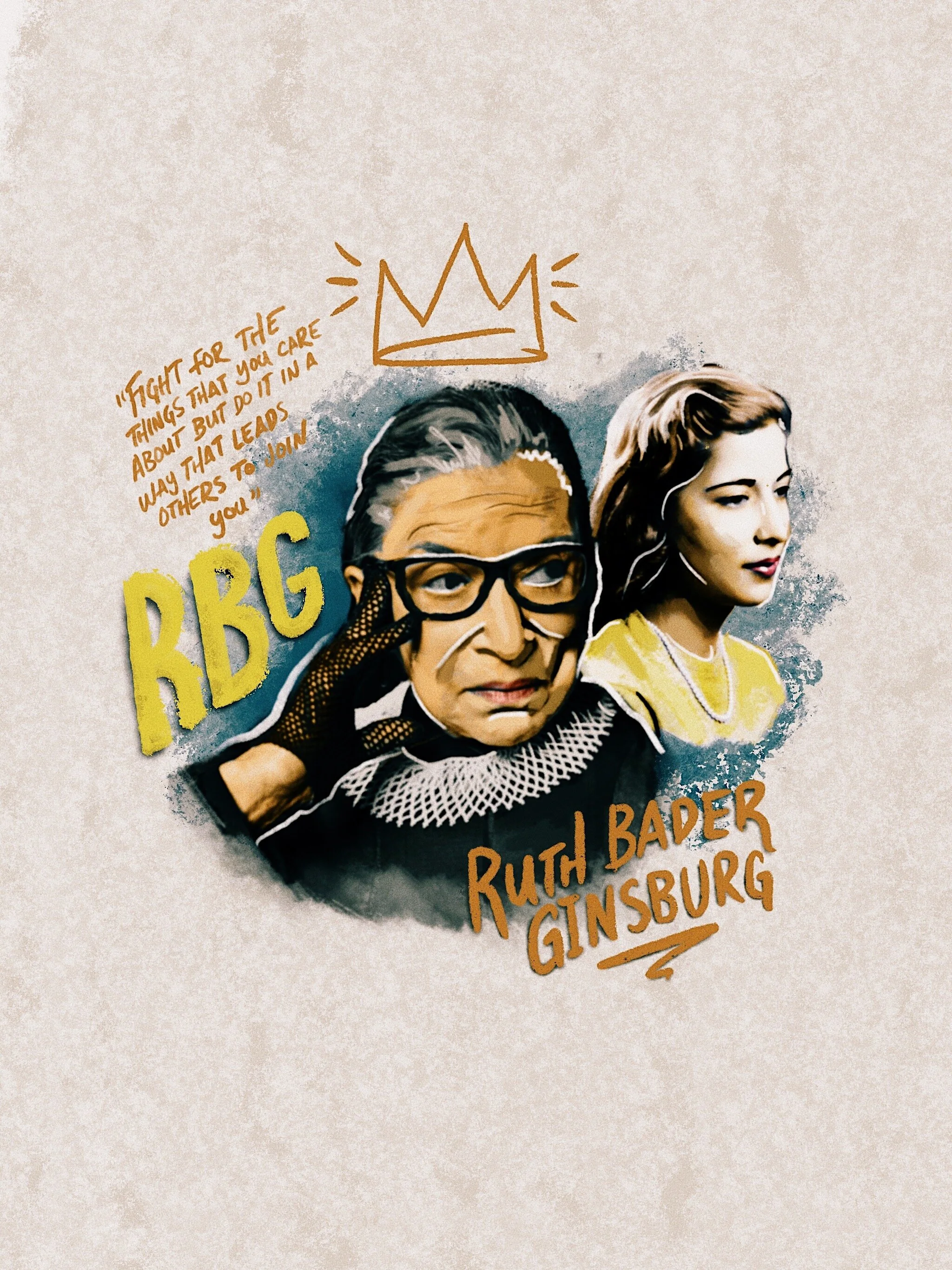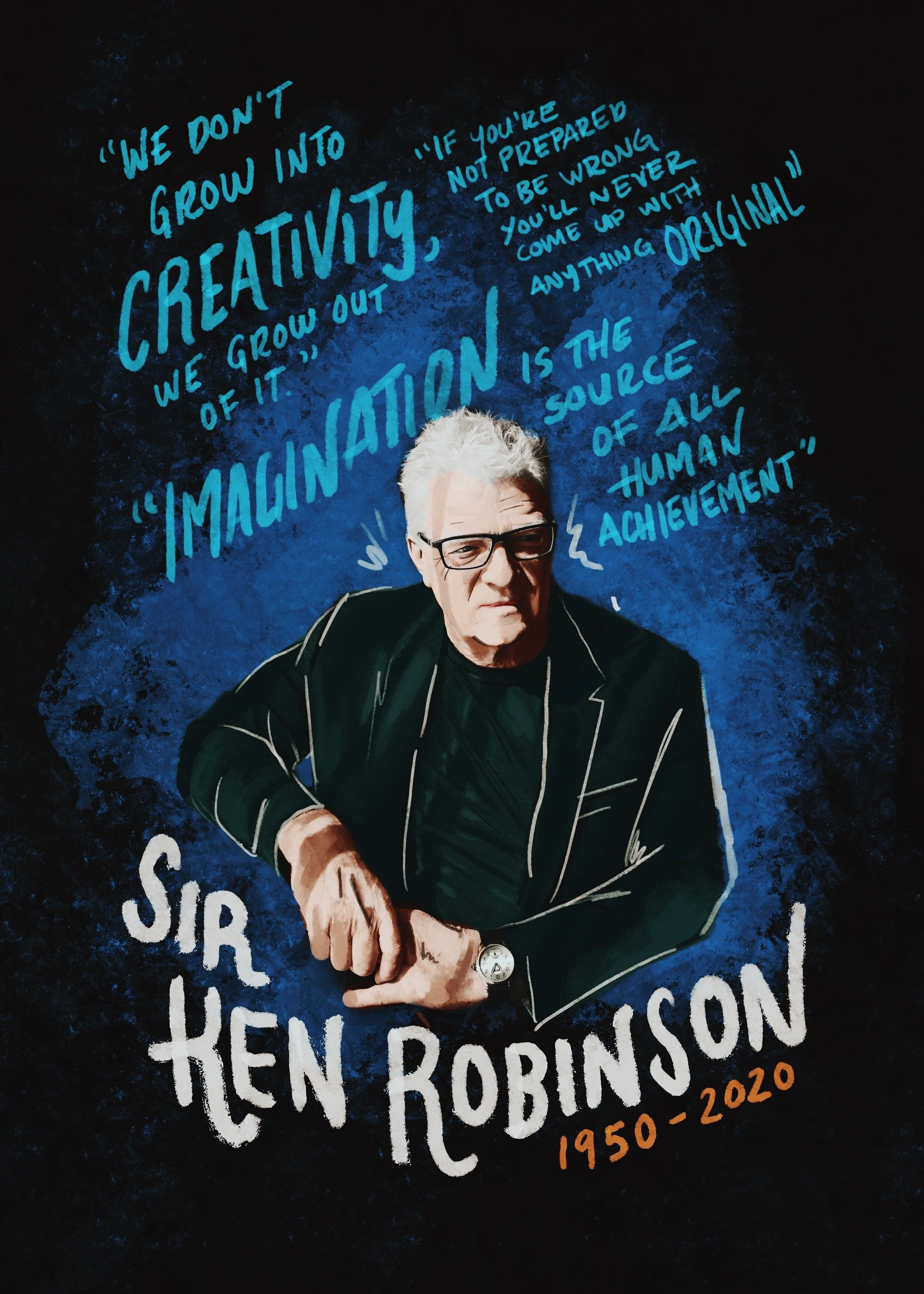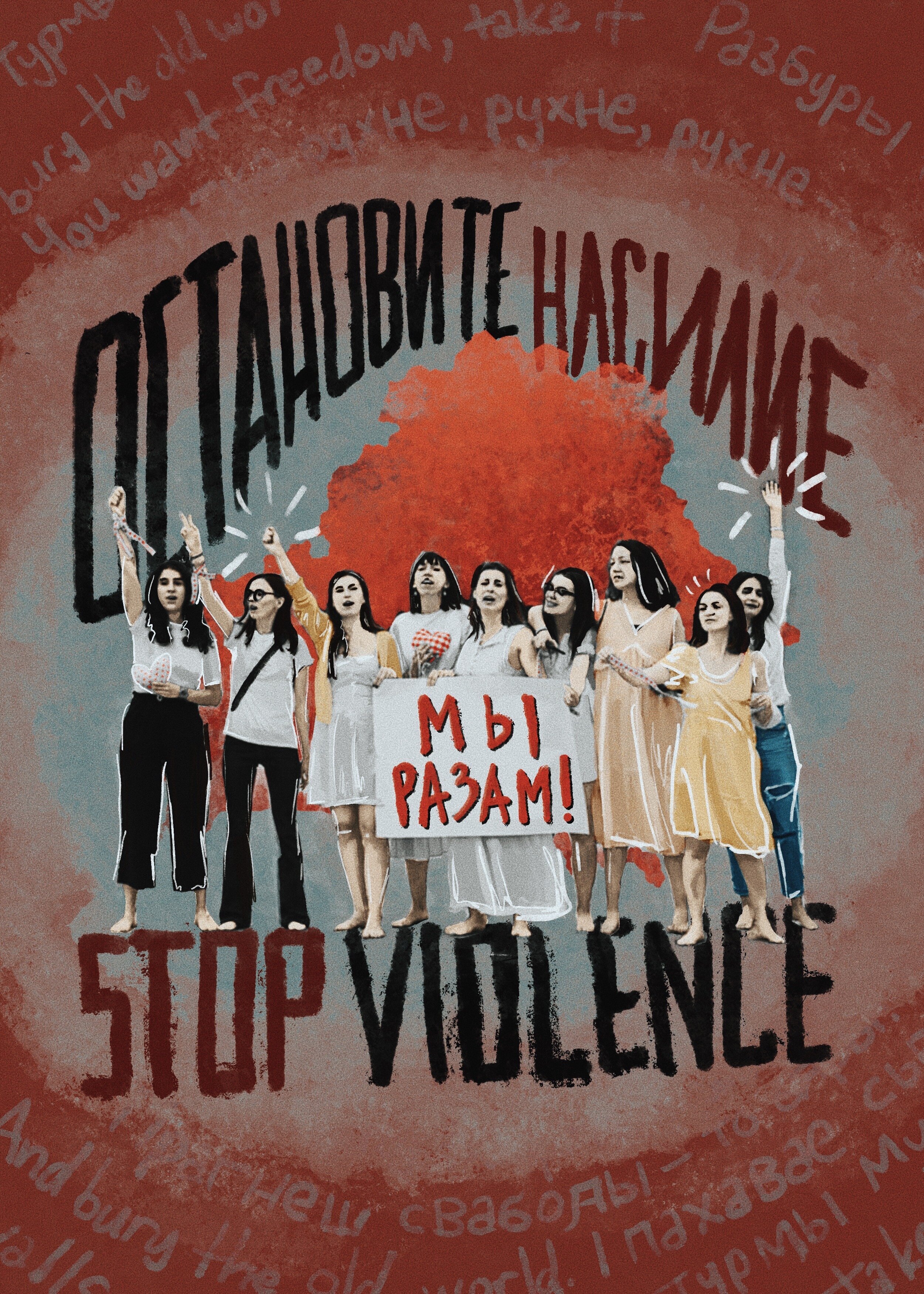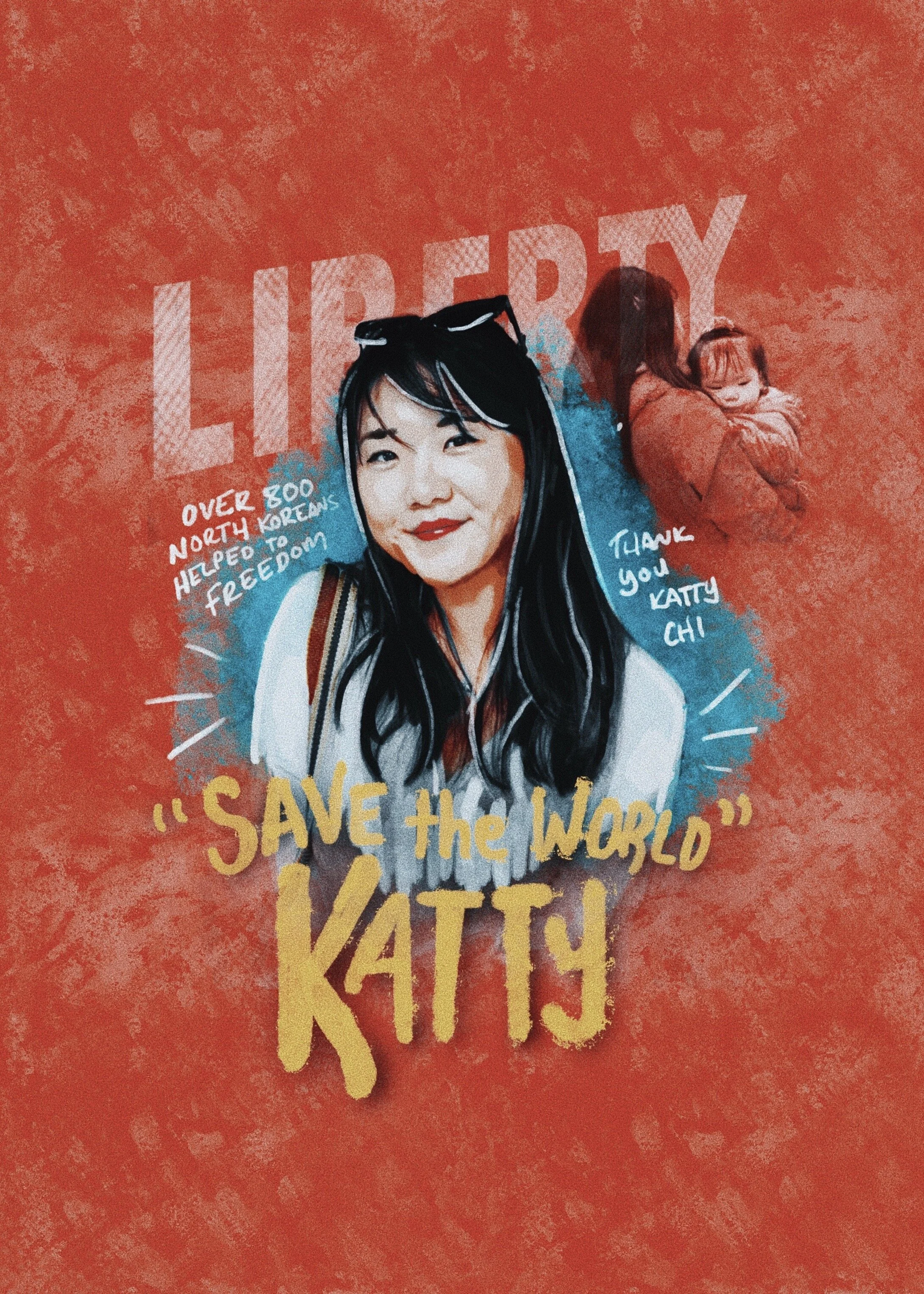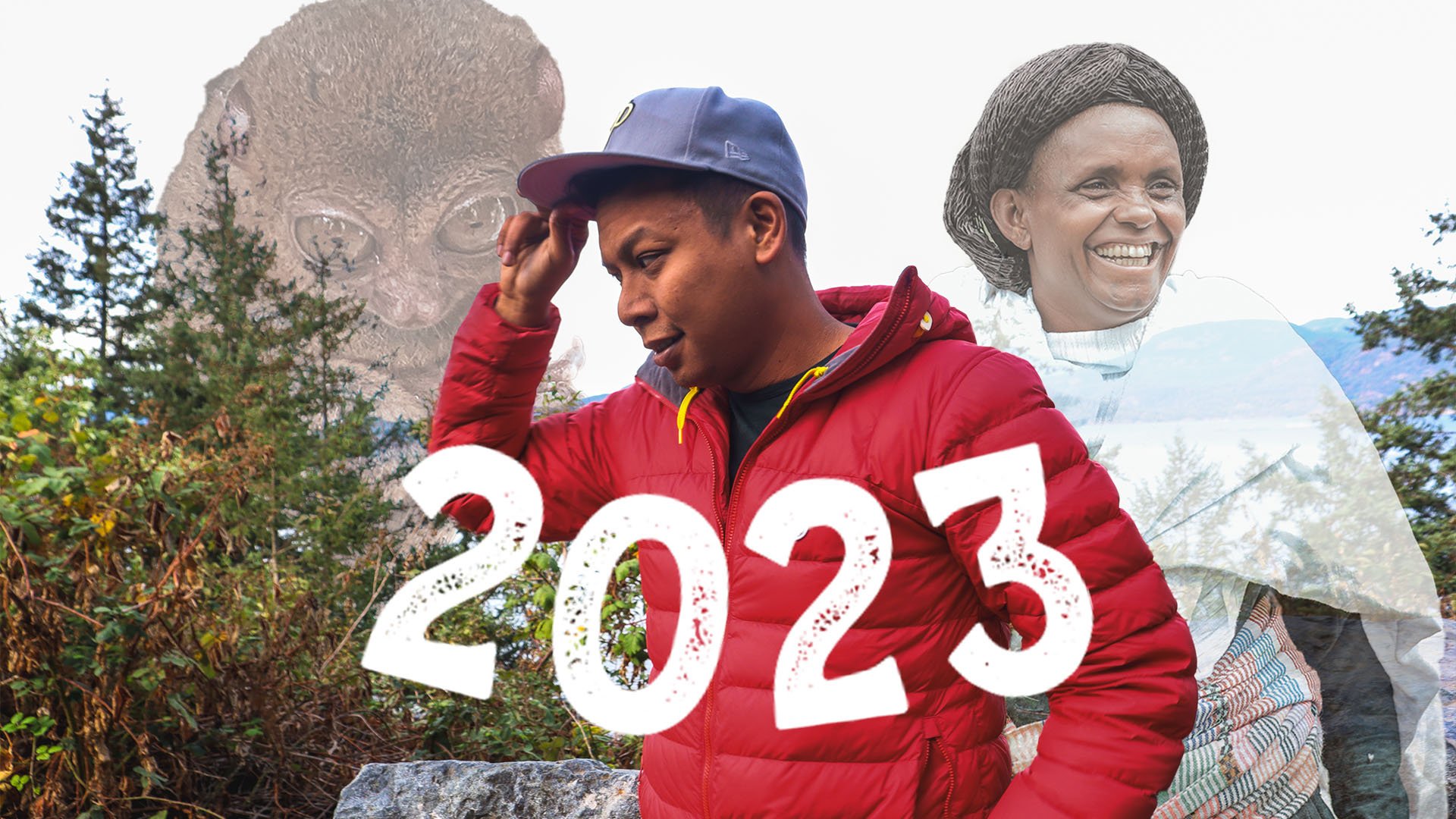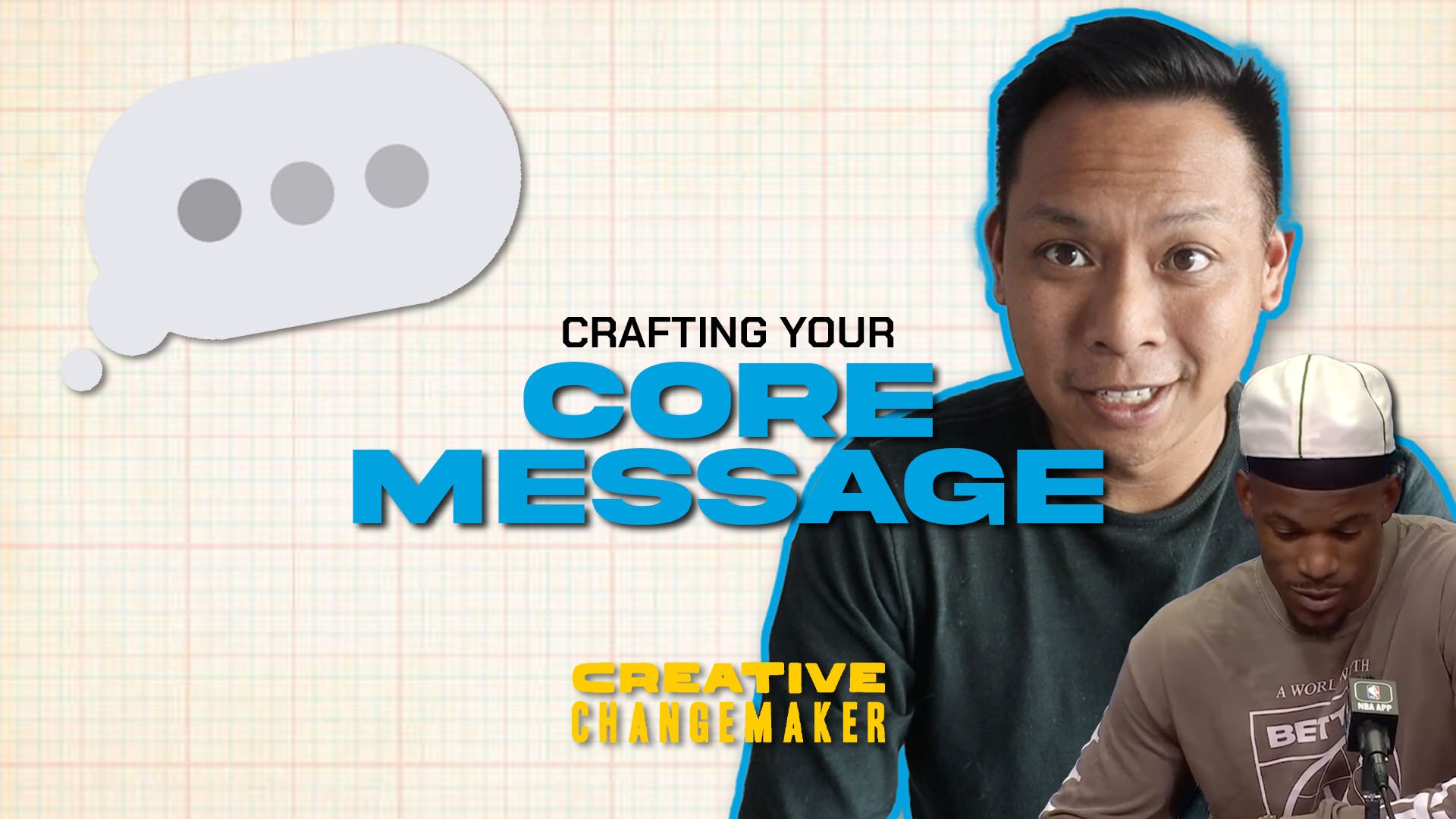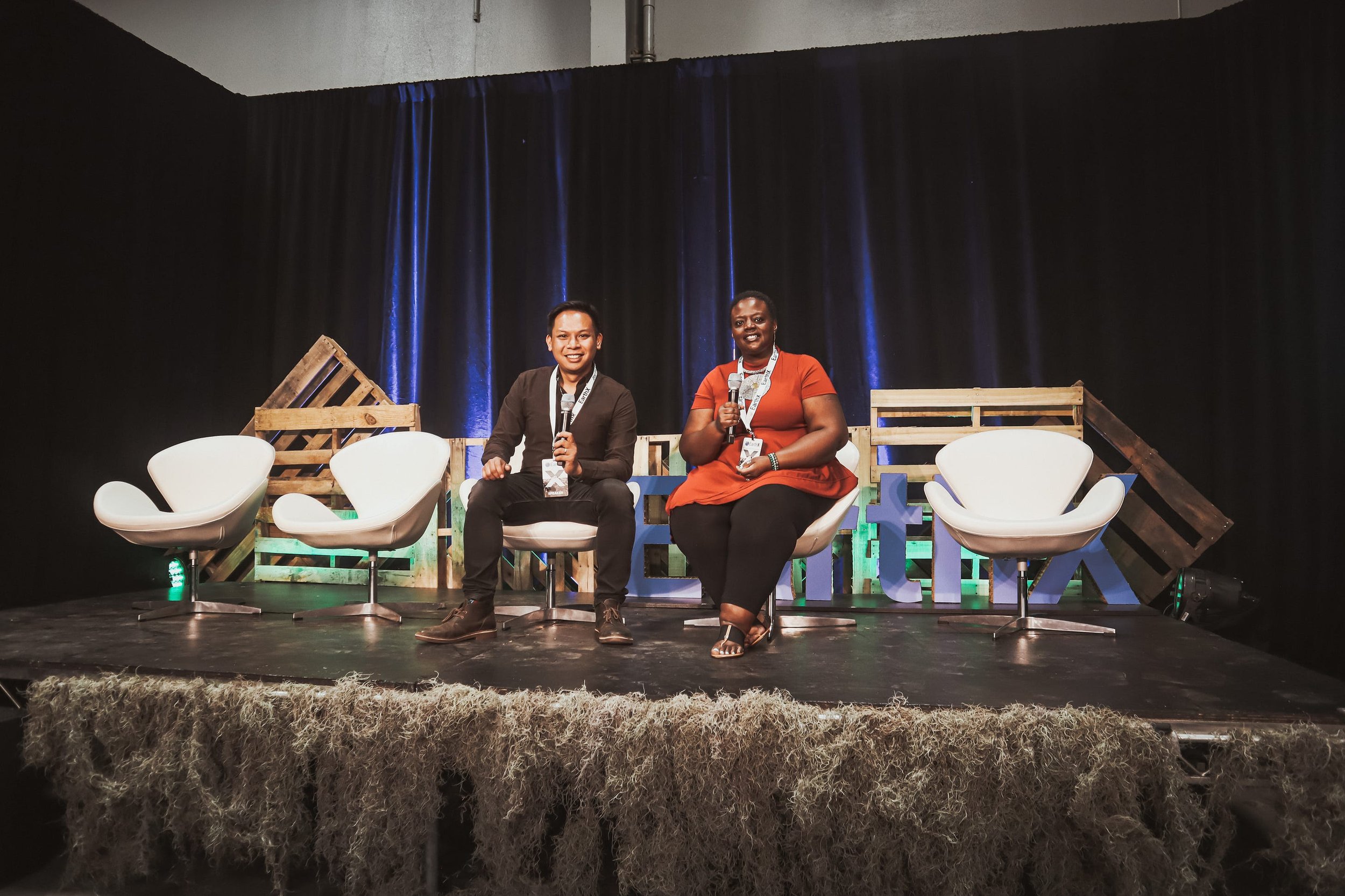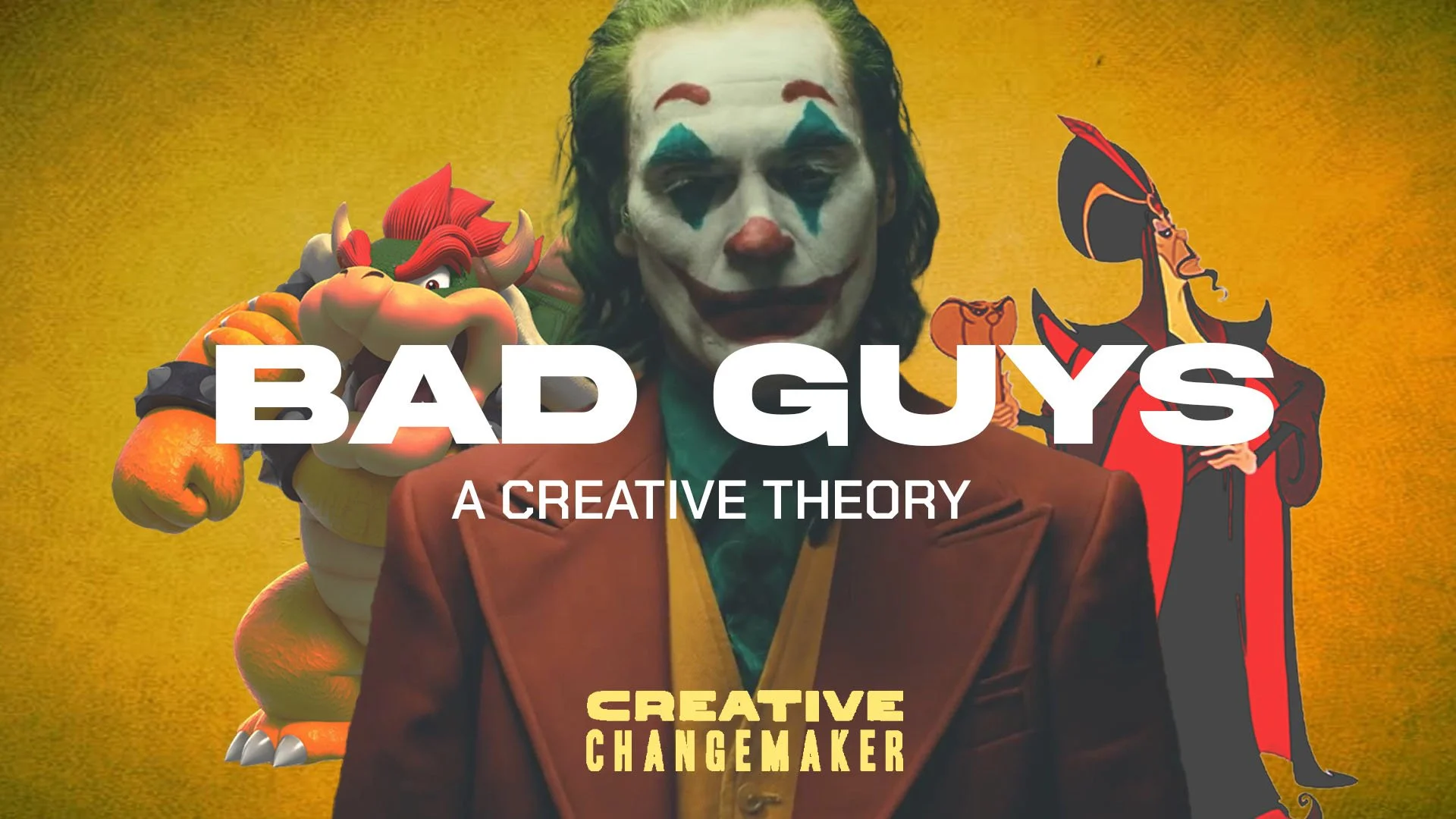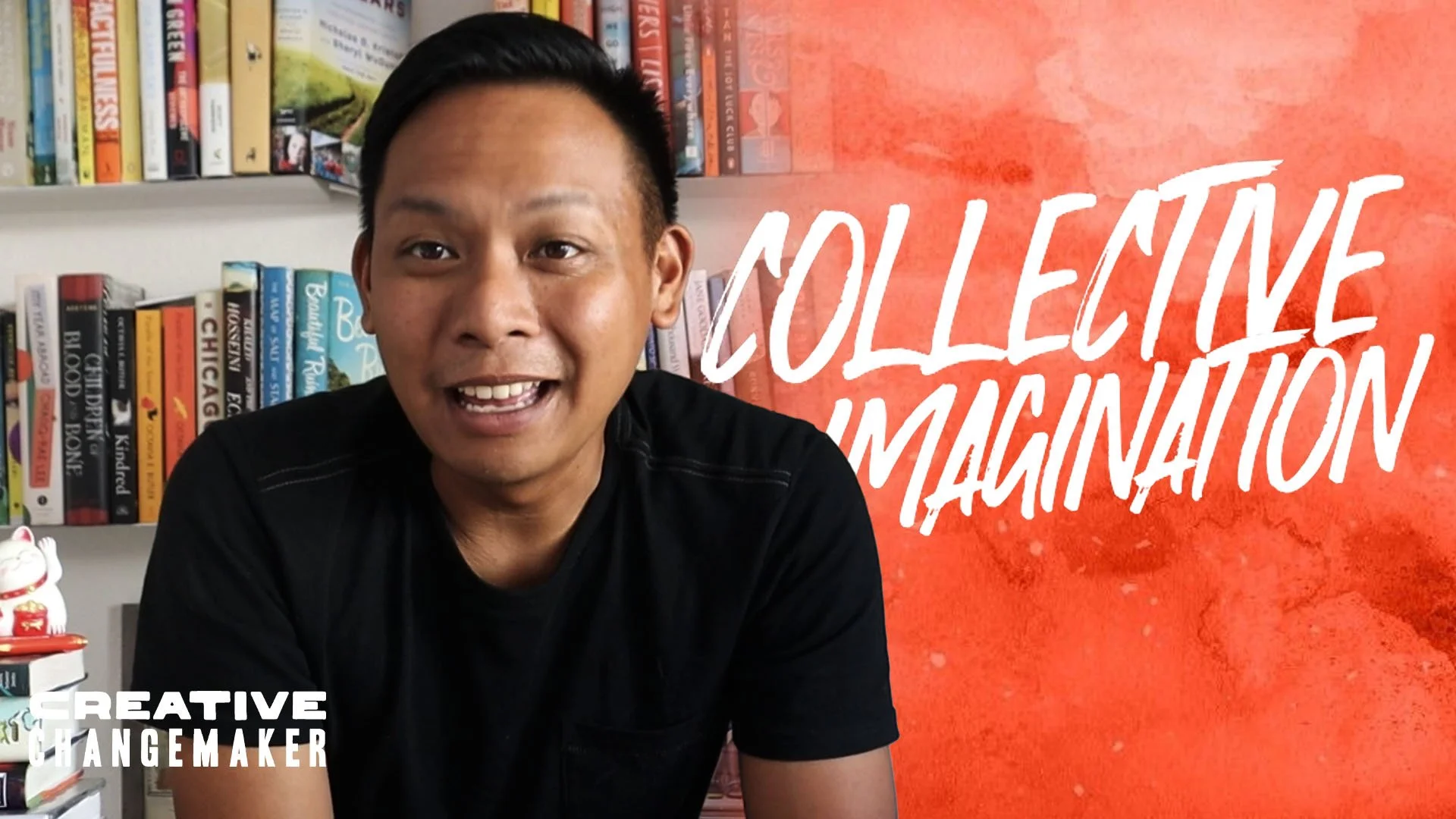Any decision a person makes in that regard is entirely up to them. But when it turns into rhetoric that’s anti-kids in general, things start to get dicey. And when you start to look at where the population is growing, and in whose direction these fears are being directed, you can quickly see where things have the potential to go really wrong.
An environmental topic that’s getting so much attention is important to talk about, but it’s also important to make sure we’re well informed going into such discussions. Here are three important things to keep in mind.
Fears of overpopulation have been used to stoke ethnic violence
This isn’t anything new. Fascist regimes from the World War 2 era, and even earlier have justified their violent policies and attempts to exterminate entire groups of people by claiming that there are too many of them. That they will quickly outnumber the dominant population, unless something is done.
Oftentimes, this is paired with language like ‘swarm’ or ‘infestation’ used to dehumanize the population to which fear is being directed. Many will often talk about the ecological damage that this poses to the nation. What happens as a result is the over policing of minority areas, militant border controls, and a surge in racist behavior and attitudes.
The people behind mass shootings in recent years have often cited the environment and population as reasons to justify their actions, from Buffalo, New York to Christchurch, New Zealand.
Why does this matter? When talking about population and addressing these concerns, we need to ensure that we’re not furthering or fueling rhetoric that can have such horrific outcomes.




